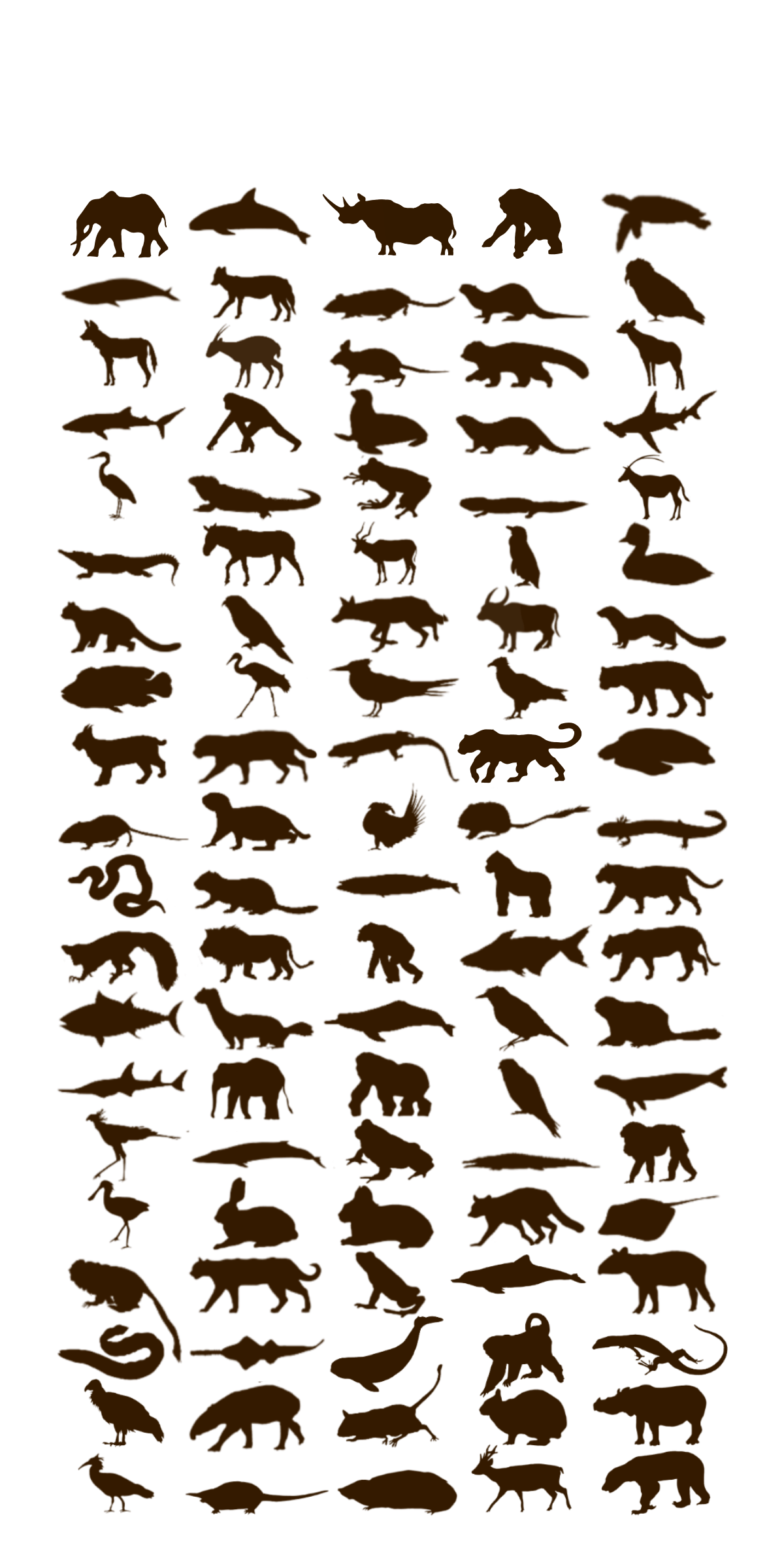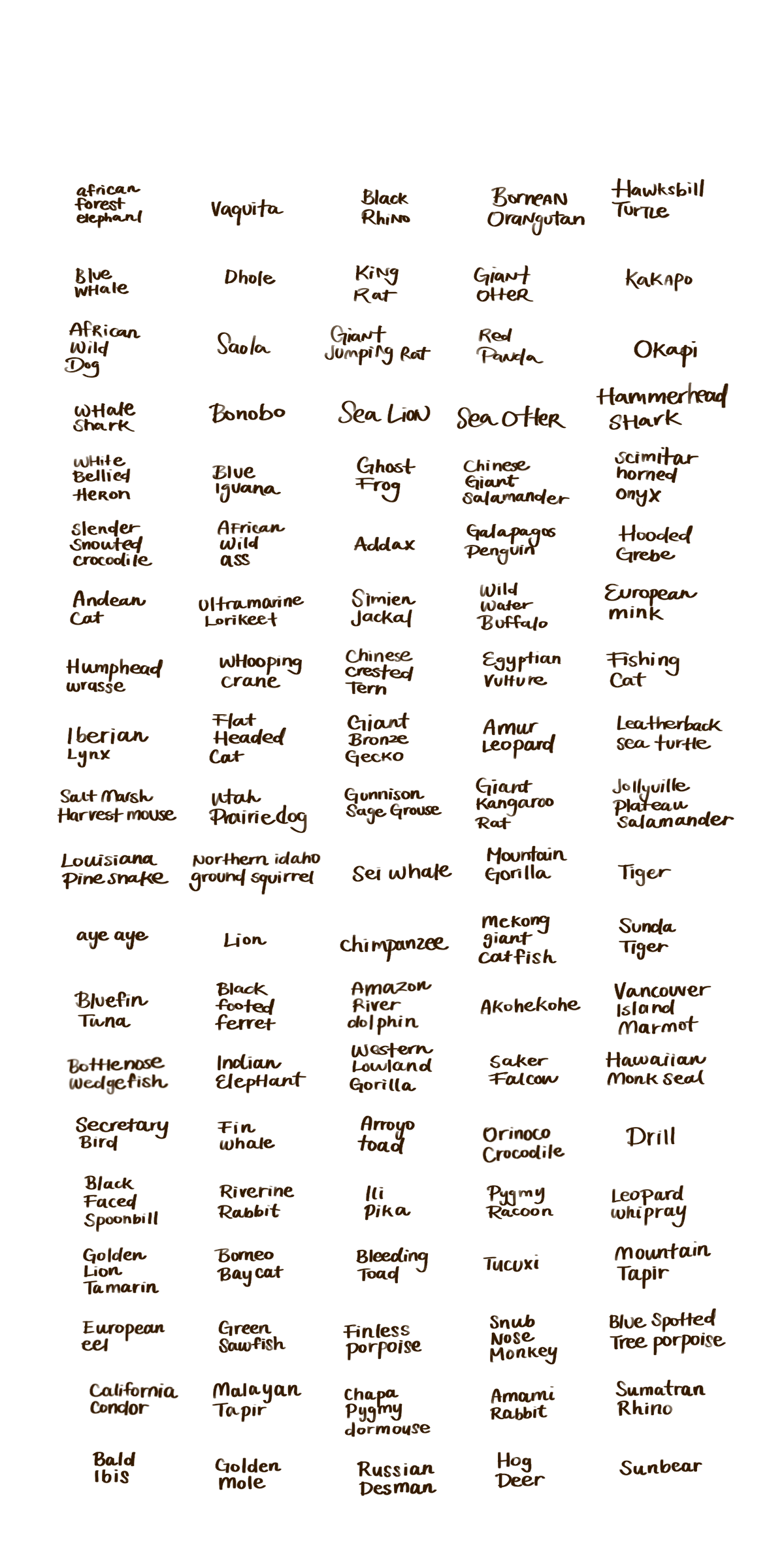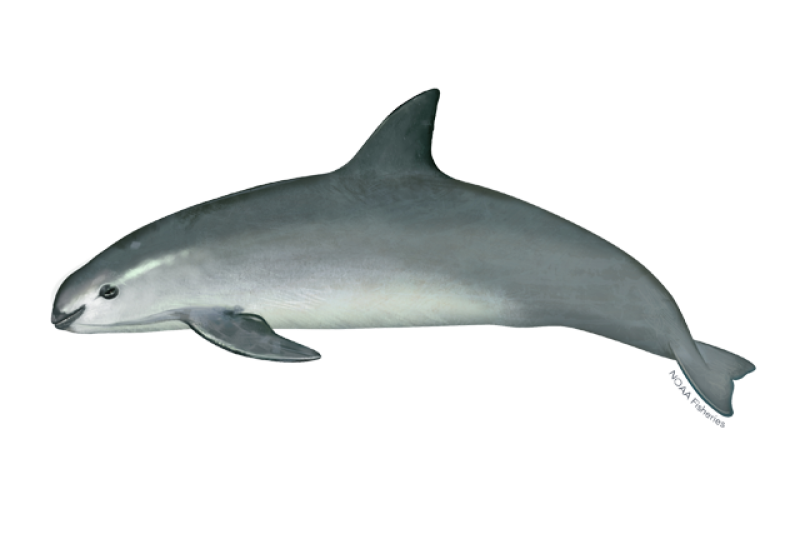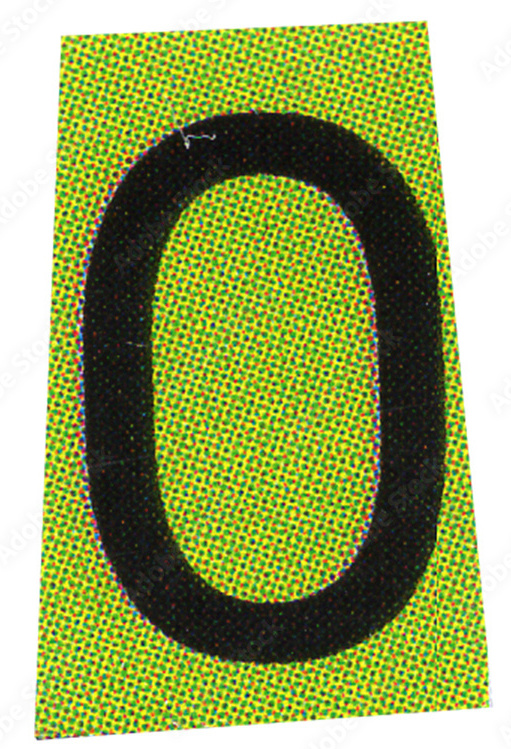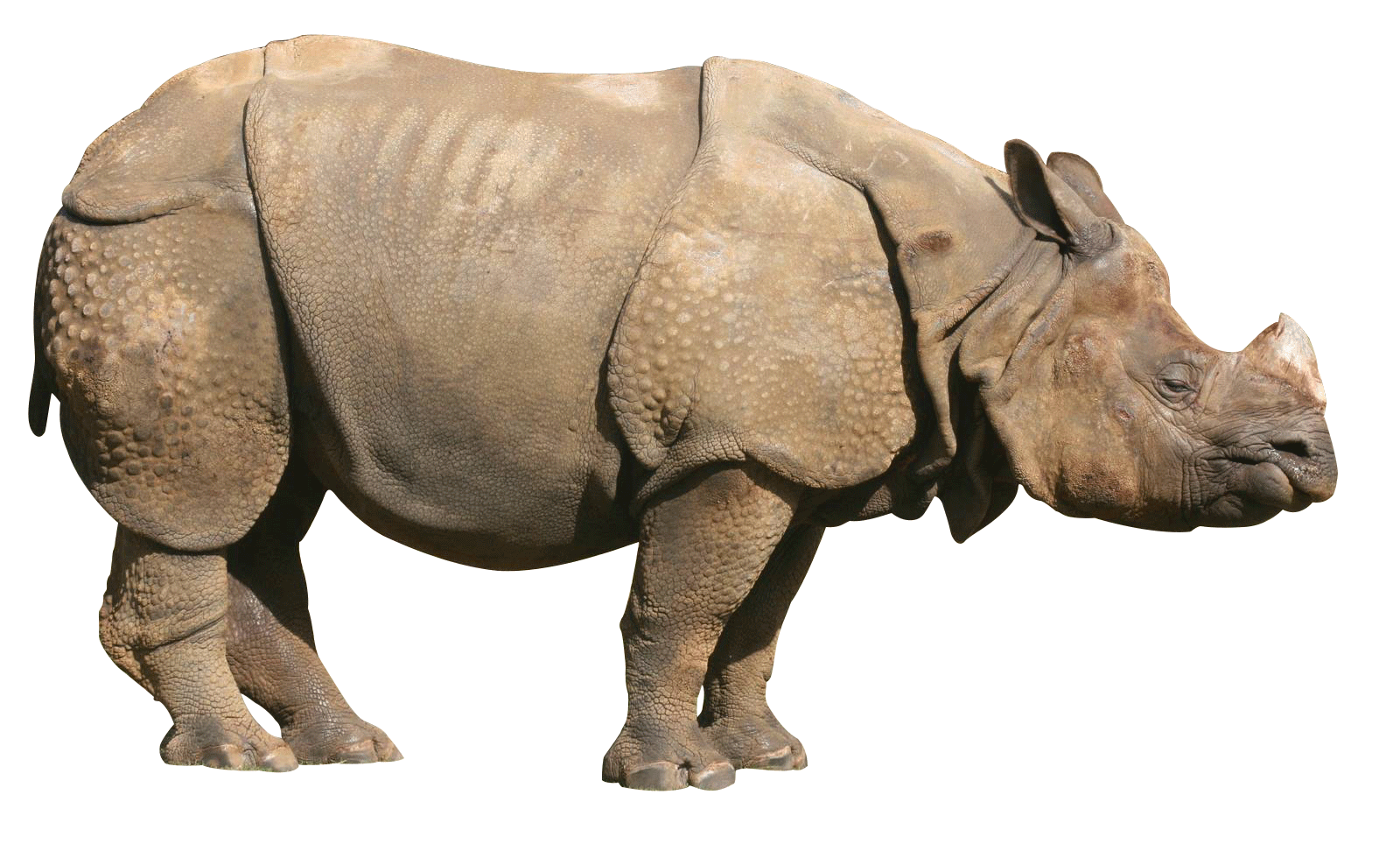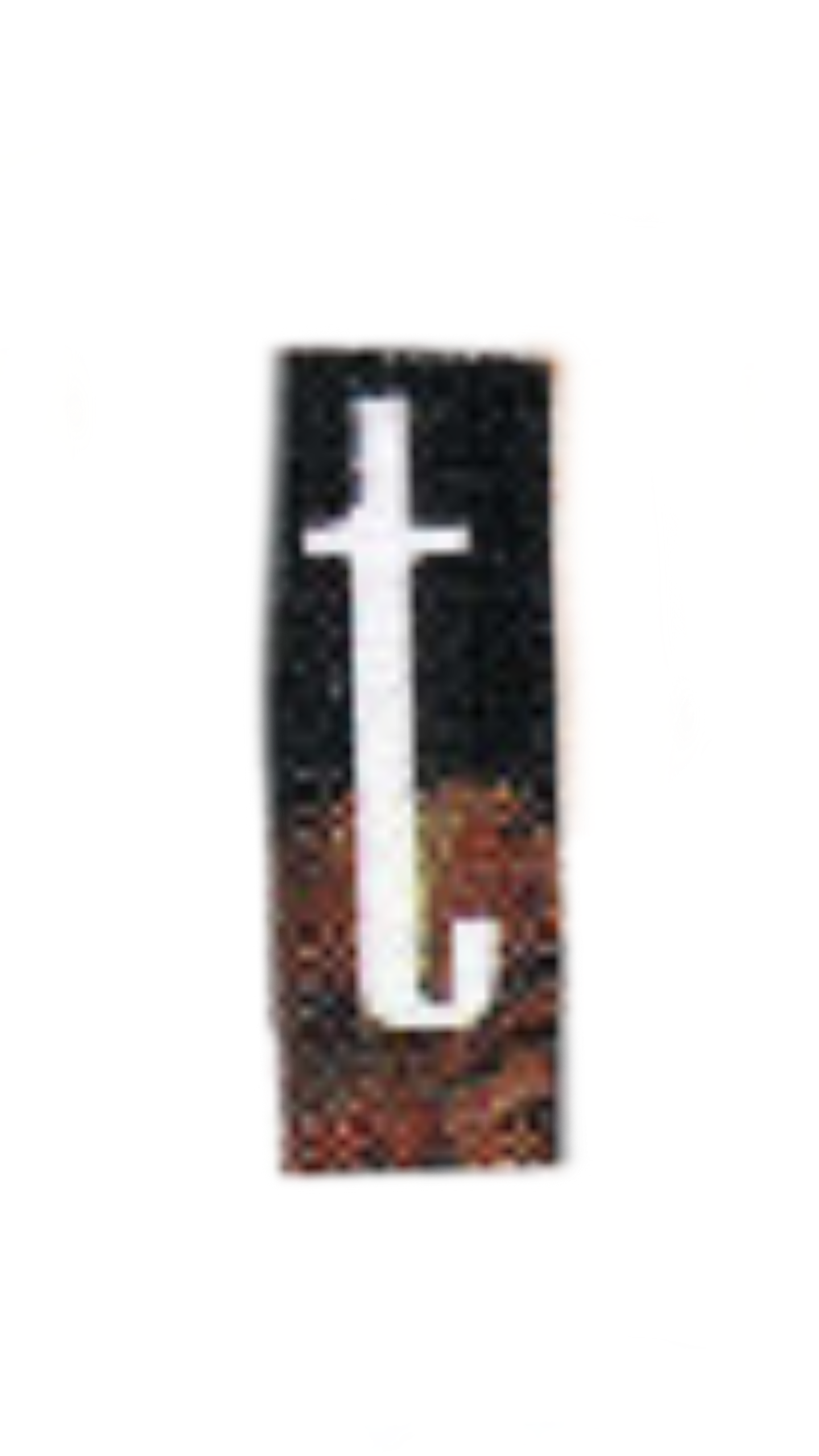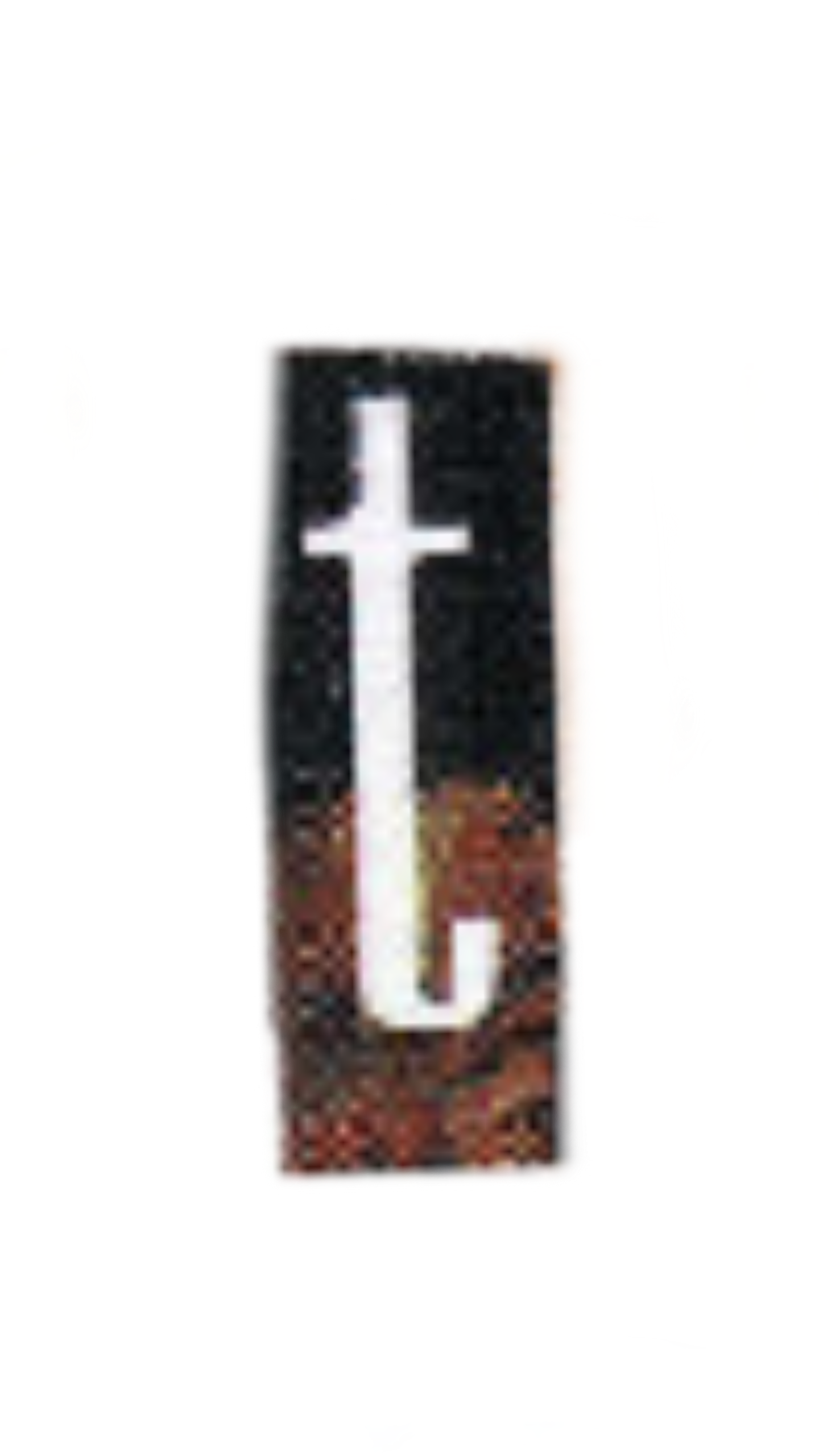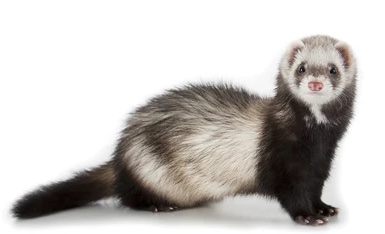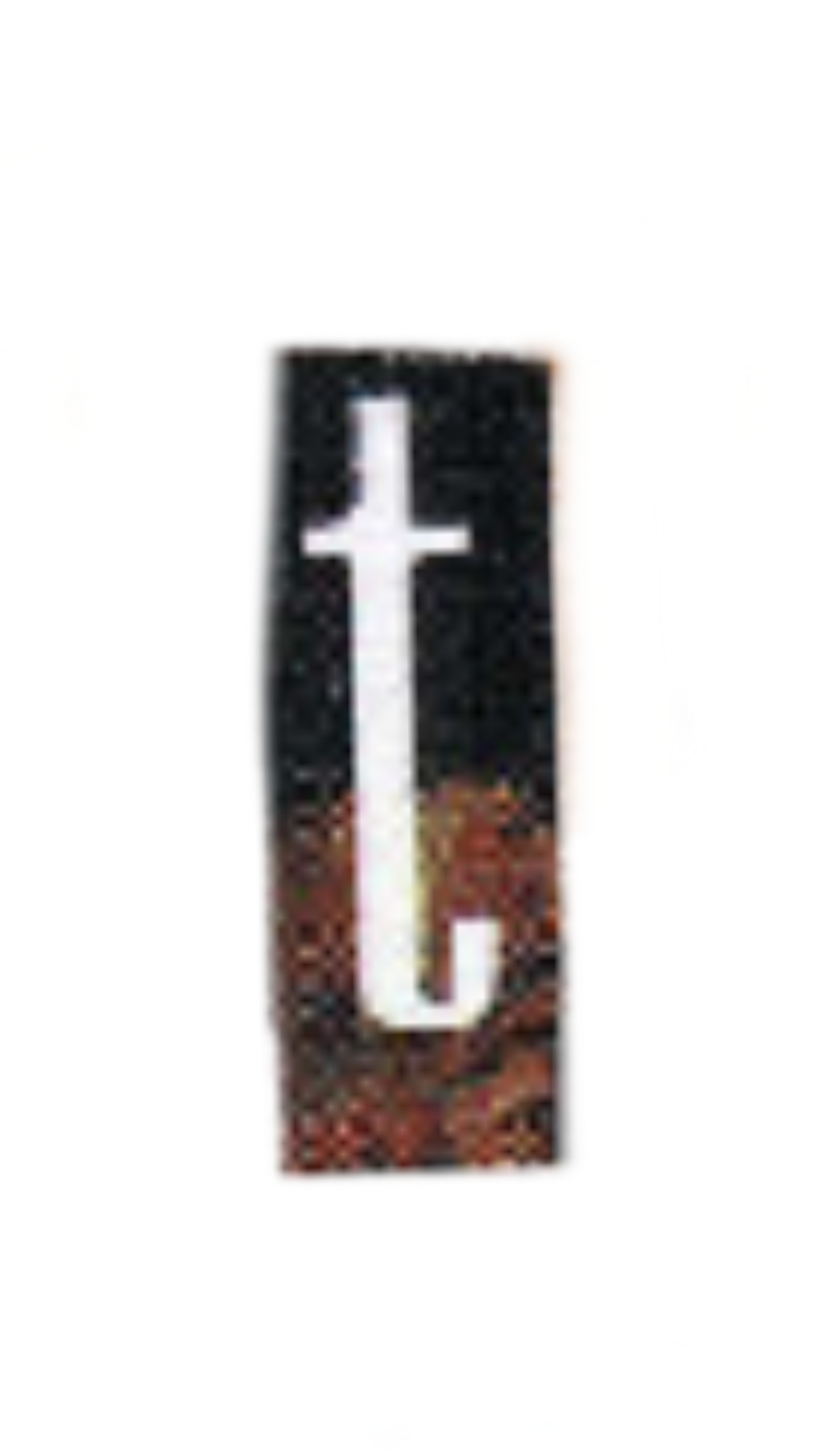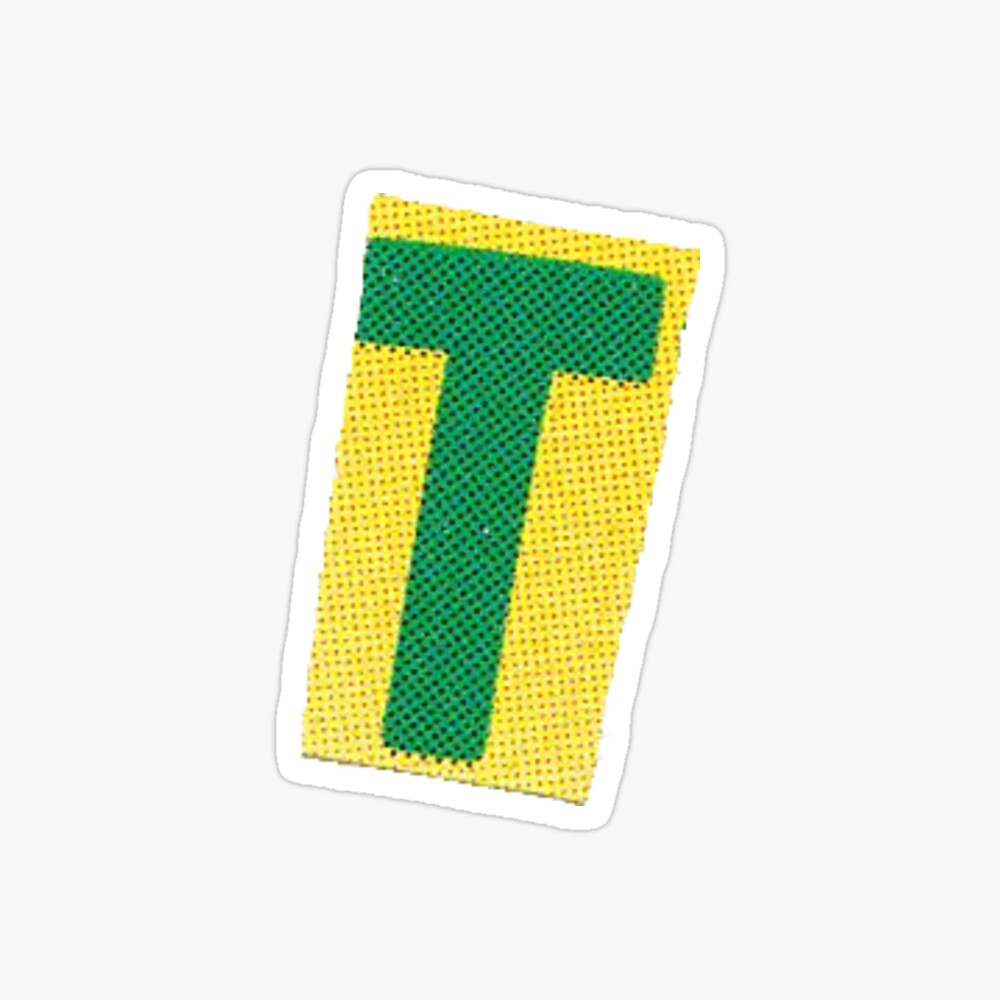







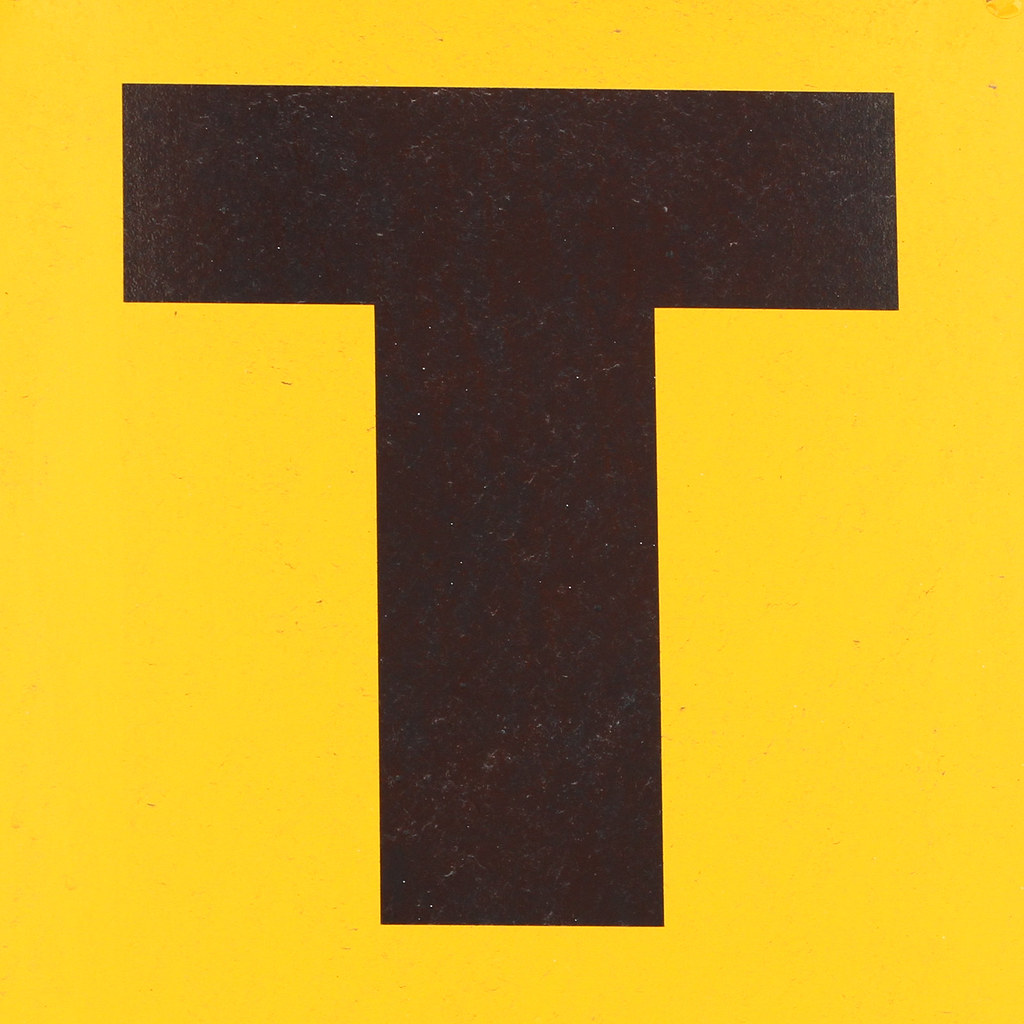

The Millennium Ecosystem Assessment prepared by 1,395 scientists from 95 countries proposes an extinction rate that averages around 24 species a day, meaning 8,700 animals predicted to go extinct each year. The United Nations biodiversity report predicts an even more astonishing statistic, “ Every hour, three species disappear. Every day, up to 150 species are lost. Every year, between 18,000 and 55,000 species become extinct.” The World Wildlife Fund website states that “The rapid loss of species we are seeing today is estimated by experts to be between 1,000 and 10,000 times higher than the natural extinction rate.” These experts also predict that around 1 percent of species will go extinct each year. Currently the IUCN Red List has recorded 2.13 million species as of 2021. If 1 percent of these recorded species are lost each year that still amounts to 23,100 animals lost each year.
It is important to note that these numerical estimates are computer generated based on the “species-area relationship” popularized in the 1980’s. Some speculate that the 150 animals a day statistic far overshoots the true rate of extinction. All of these statistics operate under great uncertainty because the true number of species is unknown, and records of extinction are not all encompassing. The range for predicted animal extinctions each year ranges from (100?) 10,000 to 100,000 per year. Additionally, the range for the true number of animal species ranges from 2 million to 100 million. Because documentation of new species and loss of species is so difficult, these speculations are a great unknown.
However, it is clear that human activity has had a substantial impact on the rate of extinction and destruction of natural ecosystems. This book attempts to visualize the statistics of animals lost every year. Each page represents a day. Since statistics on both extinction rates and the true number of animal species is so varied, for this project, we will visualize 100 animals each day. This assumes that in a world where there are 3.5 million different species of animals, 36,500 go extinct each year.
Each animal is listed below. On the image, read left to right, top to bottom:
African forest elephant — habitat loss and habitat fragmentation due to conversion of forests for agriculture, livestock farming, and human infrastructure.
Vaquita — entanglement in illegal gillnets.
Black Rhino — demand for rhino horns on the illegal international market.
Bornean Orangutan — habitat destruction and illegal hunting.
Black Rhino — poaching for horns.
Hawksbill Turtle — loss of nesting habitat and coral reefs due to coastal development, rising seas from climate change, and pollution.
Blue Whale — vessel strikes and entanglement in fishing gear.
Dhole — habitat loss and fragmentation, disease, and human conflict.
King Rat — overexploitation of natural resources leading to habitat loss.
Giant Otter — habitat degradation, river contamination due to mining and agriculture, overharvesting of fish, and hunting for its skin.
Kakapo — hunting, introduced predators, land clearance.
African Wild Dog — accidental and targeted killings by humans and habitat loss.
Saola — hunting.
Giant Jumping Rat — Habitat loss and predation from introduced animals, such as feral dogs and cats.
Red Panda — habitat loss and degradation, human interference and poaching.
Okapi — habitat loss due to illegal mining and logging that occurs on protected lands.
Whale Shark — human demand for meat, fins, and oil.
Bonobo — civil unrest and communities facing economic barriers in the area around the bonobos' forests have contributed to bonobo poaching and deforestation.
Sea Lion — vulnerable to the effects of climate change on ocean currents, which impacts their fish prey abundance. They are also victims of bycatch in fisheries.
Sea Otter — conflict with humans, through shootings, fishing gear entanglements and boat strikes.
Hammerhead Shark — threatened by commercial fishing, mainly for the shark fin trade.
White Bellied Heron — degradation of forest and wetland habitats.
Blue iguana — habitat destruction, trapping and shooting by farmers, and feral predators.
Ghost frog — threats of habitat destruction, and introduced predators.
Chinese giant salamander — overexploitation for the luxury food market as well as habitat loss.
Scimitar Horned Oryx — human disturbance, over-hunting, drought and loss of food due to excessive livestock grazing.
Slender-snouted crocodile — hunted for skin and other products, as well as loss of habitat to deforestation and degradation.
African wild ass — habitat loss and hunting.
Addax — hunting and loss of habitat.
Galapagos penguin — pollution, bycatch, and climate change.
Hooded grebe — climate change and introduced predators.
Andean cat — degradation and loss of habitat.
Ultramarine lorikeet — introduced predators and habitat loss.
Simien jackal — habitat destruction and degradation, conflict with farmers and catching fatal diseases such as rabies from the domestic dog populations.
Wild water buffalo — habitat loss and hunting.
European mink — habitat loss and overhunting.
Humphead wrasse — destructive fishing techniques, habitat loss and degradation, and marine aquarium trade.
Whooping crane — habitat loss and unregulated hunting for their meat and feathers.
Chinese crested tern — illegal egg collection and disturbance of nesting colonies by fishermen.
Egyptian vulture — hunting, accidental poisoning, and collision with power lines.
Fishing cat — habitat destruction, and driving away prey.
Iberian lynx — poaching and habitat destruction.
Flat headed cat — habitat loss and fragmentation, contamination of prey through water pollution, and depletion of fish stock by overfishing.
Giant bronze gecko — habitat loss and illegal collectors.
Amur Leopard — hunting, habitat degradation, and climate change.
Leatherback sea turtles — habitat loss, pollution, and over harvesting of eggs for illegal trade.
Salt marsh harvest mouse — habitat loss due to human development.
Utah prairie dog — poisoning, shooting, loss of habitat, disease and drought.
Gunnison sage grouse — loss and fragmentation of habitat due to oil and gas drilling, as well as rural development.
Giant kangaroo rat — habitat loss and widespread rodenticide use.
Jollyville plateau salamander — degradation of habitat.
Louisiana pine snake — loss and degradation of habitat due to urban development.
Northern idaho ground squirrel — loss of their native meadow habitat as a result of fire suppression.
Sei Whale — Vessel strikes and entanglement.
Mountain gorilla — poaching, habitat degradation and loss due to mining, logging and agriculture, and diseases.
Tiger — habitat has been destroyed, degraded, and fragmented by human activities.
Aye aye — loss of habitat due to farming and logging industry.
Lion — human-wildlife conflict and natural prey decline, as well as habitat loss, climate change and wildlife trade.
Chimpanzee — habitat loss, disease, and hunted for bushmeat trade.
Mekong giant catfish — overfishing and development.
Sunda tiger — habitat loss, food source loss, and poaching.
Bluefin tuna — overfishing and illegal fishing.
Black footed ferret — habitat plowed for crops.
Amazon River dolphin — dams that fragment and threaten certain populations, and threats such as contamination of rivers and lakes.
Akohekohe — habitat loss and degradation, predation by introduced mammals, and disease.
Vancouver island marmot — predation, disease outbreaks, and climate change.
Bottlenose Wedgefish — intense overfishing.
Indian Elephant — habitat loss, degradation, fragmentation, and illegal killing.
Western Lowland Gorilla — high levels of disease and hunting.
Saker Falcon — Habitat loss, indirect poisoning, and trapping.
Hawaiian Monk Seal — habitat threat, fishery interactions, and exposure to diseases.
Secretary bird — habitat degradation, disturbance, hunting and capture for trade.
Fin whale — vessel strikes and commercial whaling.
Arroyo toad — habitat degradation and predation.
Orinoco crocodile — hunted for meat, skin, and teeth.
Drill — hunted for the bushmeat trade.
Black-faced spoonbill — habitat loss from industrial development.
Riverine rabbit — agricultural development causing habitat loss.
Ili pika — global warming and grazing pressure.
Pygmy Racoon — introduced predators as well as toxic waste in food supply.
Leopard Whipray — extensive habitat degradation from pollution and clearing.
Golden lion tamarin — habitat loss and fragmentation from farming, grazing, logging, and urbanization.
Borneo Bay cat — habitat destruction and deforestation.
Bleeding toad — habitat loss and fragmentation.
Tucuxi — death caused by fishing gear and habitat degradation due to dams and pollution.
Mountain tapir — climate change, habitat destruction, illegal hunting, and potential disease transmission with livestock.
European eel — Poaching and illegal export.
Green sawfish — overfishing and entanglement in fishing gear.
Finless porpoise — overfishing, pollution, and ship movement.
Snub nose monkeys — habitat loss and hunting.
Blue spotted tree porpoise — habitat destruction as well as hunting and collection for pet trade.
California condor — Habitat loss, lead poisoning, poaching, power-line accidents and DDT contamination.
Malayan Tapir — habitat destruction due to deforestation for agriculture, mining, commercial development projects, and also hunting and poaching.
Chapa pygmy dormouse — habitat destruction.
Amami rabbit — habitat destruction and predation by introduced mongooses and by feral dogs and cats.
Sumatran rhino — habitat loss and poaching pressure.
Bald ibis — human disturbance at their breeding sites and the degradation of habitat.
Golden Mole — habitat threatened by large-scale alluvial diamond-mining operations.
Russian desman — habitat destruction, competition from introduced species, and water pollution.
Hog deer — habitat alteration, fragmentation, and poaching.
Sunbear — habitat loss from large scale deforestation.

